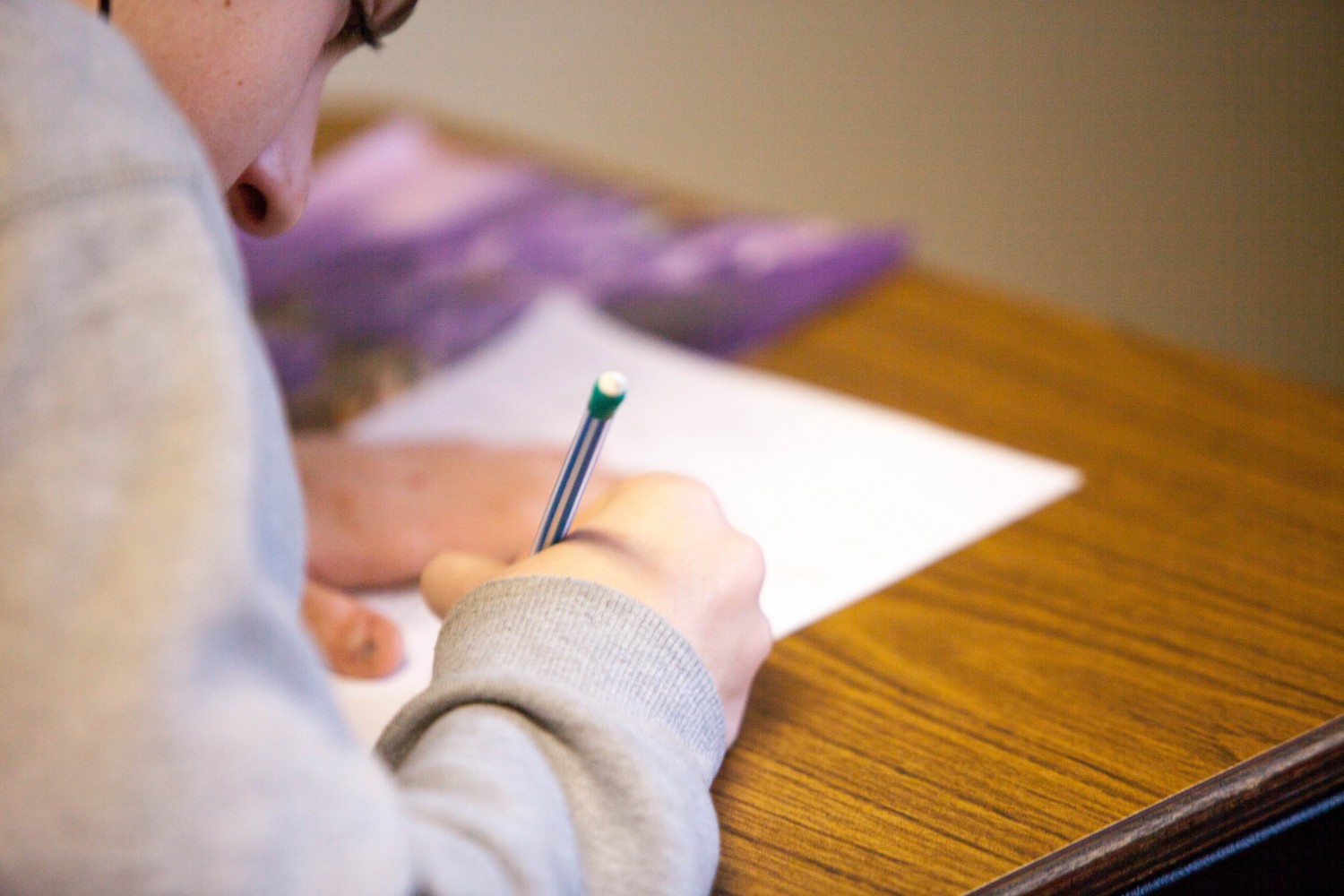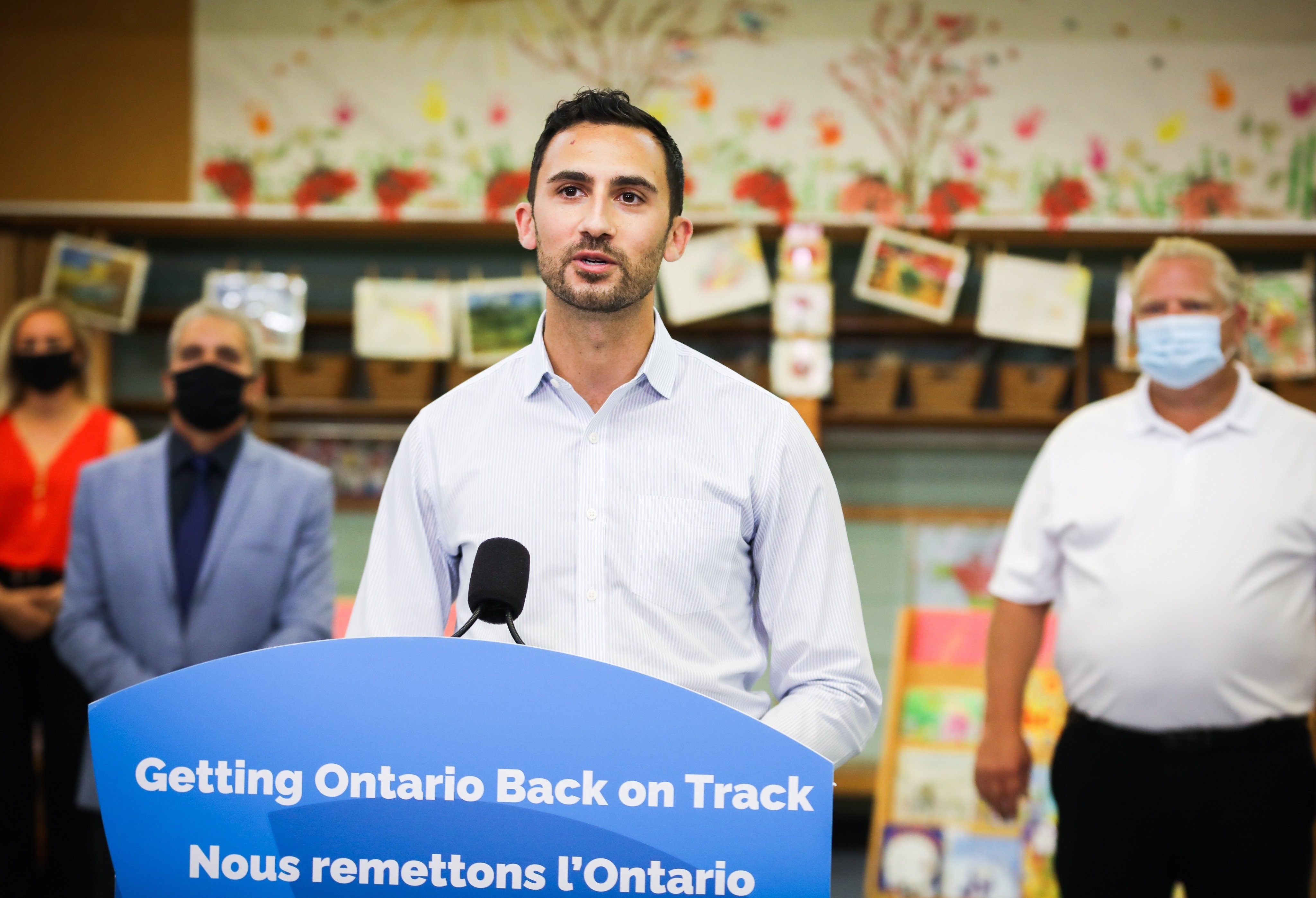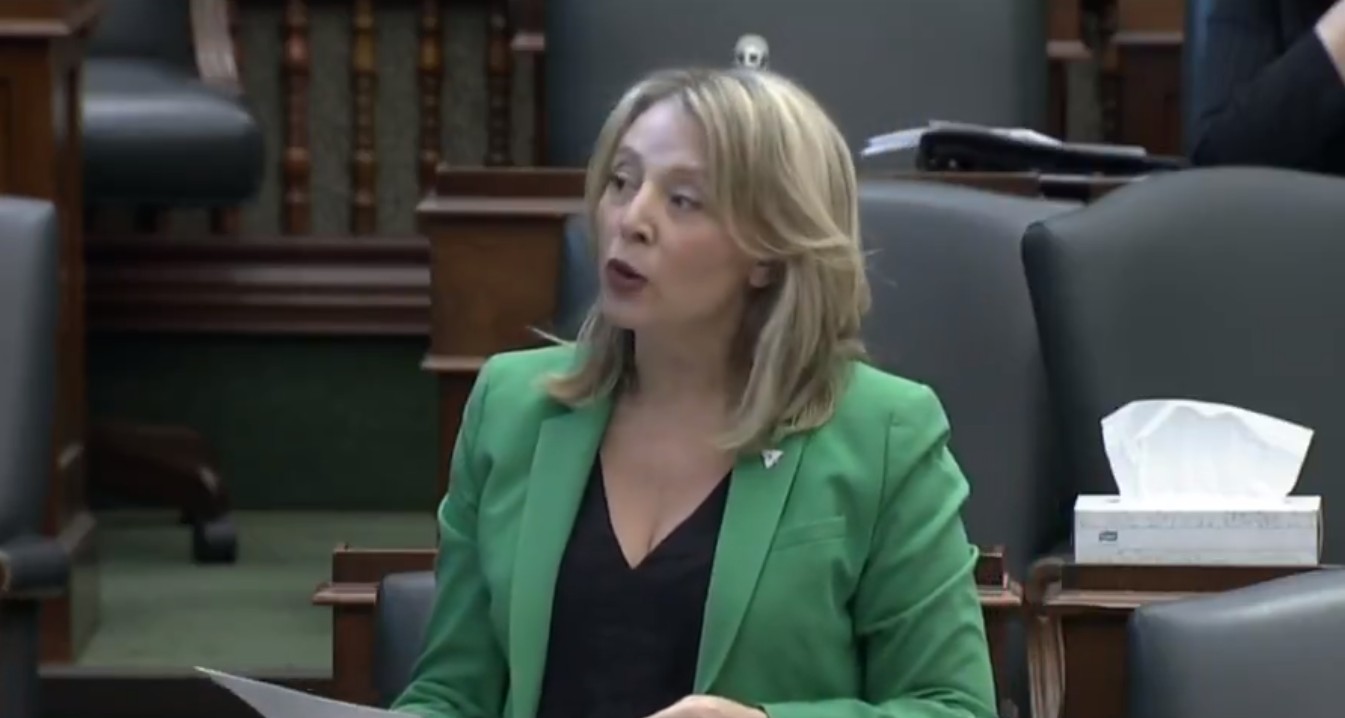
How frustrated parents are taking school safety into their own hands
Sending children back into the classroom this fall has been a fraught experience for anxious parents across Ontario. For some, the stress of finding out the dangerous virus has crept into the neighbourhood school is unrelenting.
“My stomach is in a knot everyday, all day, and wondering when we’re going to get the next email,” said Rachel Huot, a mother-of-three and organizer at the Ontario Parent Action Network. She has received four such emails about COVID-19 cases at her children’s school and daycare building so far.
But what parents have not received, Huot said, is the provincial government’s ear.
Rachel Huot, member of Ontario Parent Action Network
Now, as COVID-19 cases surge across Peel and other parts of the province, the Ontario Parent Action Network and Ontario Families for Public Education are bypassing the provincial government by holding their own public consultations with parents.
“Following a summer of delays from the Ministry of Education, and the underfunding of a safe return to schools, parents and guardians continue to feel ignored,” the groups said in an Oct. 29 statement. “It's long past due that Doug Ford consult with families about how the remainder of the school year will function.”
The groups created an online survey inviting parents to provide input on issues including the level of support students are receiving at school, their original choice of enrolment setting and the ability to make subsequent changes, special program availability and safety concerns. Feedback will be collected until Nov. 20 and submitted to the government. As of Thursday evening, over 500 surveys had been completed.
In an emailed statement on behalf of Education Minister Stephen Lecce, spokesperson Caitlin Clark did not respond to a question from The Pointer about whether the minister’s office would review or consider the findings of the survey for future decisions.
“Our plan was informed by the voices of parents, educators and the medical community, and was designed to reduce the risk and keep students safe,” Clark said, in an email, adding the government’s plan was endorsed by Ontario’s Chief Medical Officer of Health.

Education Minister Stephen Lecce is being criticized for a lack of consultation with parents following school reopenings.
Clark also pointed to a previously committed investment detailed in an announcement this week which will provide up to $700-million, funded partly by Ottawa’s Investing in Canada Infrastructure Program, for education-related projects in the province, including improving air systems and retrofitting schools and child care centres.
In an October 28 question period at Queen’s Park, NDP education critic Marit Stiles asked the minister whether additional funding would be seen in the upcoming provincial budget next week to accommodate smaller class sizes. The lack of proper physical distancing inside schools has been a major concern of parents and critics.
“We don’t know what changed following the premier’s June commitment to 15-student-classes and the announcement of the reopening plan which kept most class sizes status quo,” Stiles asked.

NDP education critic Marit Stiles
Minister Lecce shirked the question, instead pointing to low viral transmission in schools so far, with 87.7 percent not reporting any active cases. For some boards, the percentage is actually much higher, but Lecce was using the figure for all of Ontario.
At the Toronto District School Board, 81 schools in communities that have been flagged by public health officials as having a higher risk of COVID-19 spread were to cap kindergarten class at 15 students, and grade 1 to 8 classes at 20 students. Another 13 schools were identified as requiring further measures to reduce class sizes, for factors including a larger school population with many of the students living in high risk areas.
For all other schools, kindergarten classes are capped at 24 students, grade 1 to 3 are capped at 20, and grade 4 to 8 are capped at 27 – with the caveat that if more students enrol, they may be placed in an already full class.
In Peel, about 57 percent of elementary schools are taking virtual classes, and 45 percent of secondary students, up from 26 percent earlier in the year. The large shift to online learning among secondary students is prompting the Peel District School Board (PDSB) to switch to a hybrid model – in other words, the teacher will simultaneously instruct students in the classroom and those at home taking the course via video, in order to maintain an acceptable class size. The change comes into effect on Nov. 18.
The Board has hired more teachers for schools located in higher risk areas in areas for COVID-19 spread, and has capped class sizes to an average student count of 21 in kindergarten, 19 in grades 1 to 3, and 22 in grades 4 to 8.
As administrators and teachers juggle classroom reorganization, some are being closed temporarily to address COVID-19 cases.
About 27 percent of schools in Peel’s two main boards reported cases of COVID-19 as of 1 p.m. on October 28. There were 68 schools in PDSB and another 41 schools in the Dufferin-Peel Catholic School Board reporting 166 cases between them. The Region’s Medical Officer of Health, Dr. Lawrence Loh, said in a press conference this week that he does not have plans to order school closures based on the current outbreaks.
While all eyes are on the COVID-19 case numbers, education expert and former deputy minister of education Charles Pascal criticized the government’s performance in creating a reasonable learning environment, especially as more parents and students opt for virtual learning.
“There are kids and families who are getting infected…but let us look at the quality of the experience, because of bad planning, lack of collaboration, and not spending other than nickels and dimes. What’s the quality of experience, educationally that this minister has brought about?” Pascal said. “That’s the overriding question.”
For Peel mother and Ontario Parent Action Network member Romana Siddiqui, the question is falling on deaf ears.
“The government doesn't actually know because they haven't bothered asking families, what's working, what's not working. That consultation was never done,” said Siddiqui, a mother of two children in the PDSB, and another at a Dufferin-Peel Catholic high school. She said her daughter felt nervous at one point after seeing students not respecting physical distancing, and was worried about possibly bringing the virus from school and into her multi-generational home.
Romana Siddiqui, member of Ontario Parent Action Network
While Siddiqui said she felt encouraged by the government’s messaging on class sizes and other measures at the early stage of the pandemic, “that very quickly changed and pivoted. It’s very disappointing. It’s distressing.”
Email: [email protected]
Twitter @LaVjosa
COVID-19 is impacting all Canadians. At a time when vital public information is needed by everyone, The Pointer has taken down our paywall on all stories relating to the pandemic and those of public interest to ensure every resident of Brampton and Mississauga has access to the facts. For those who are able, we encourage you to consider a subscription. This will help us report on important public interest issues the community needs to know about now more than ever. You can register for a 30-day free trial HERE. Thereafter, The Pointer will charge $10 a month and you can cancel any time right on the website. Thank you.
Submit a correction about this story


